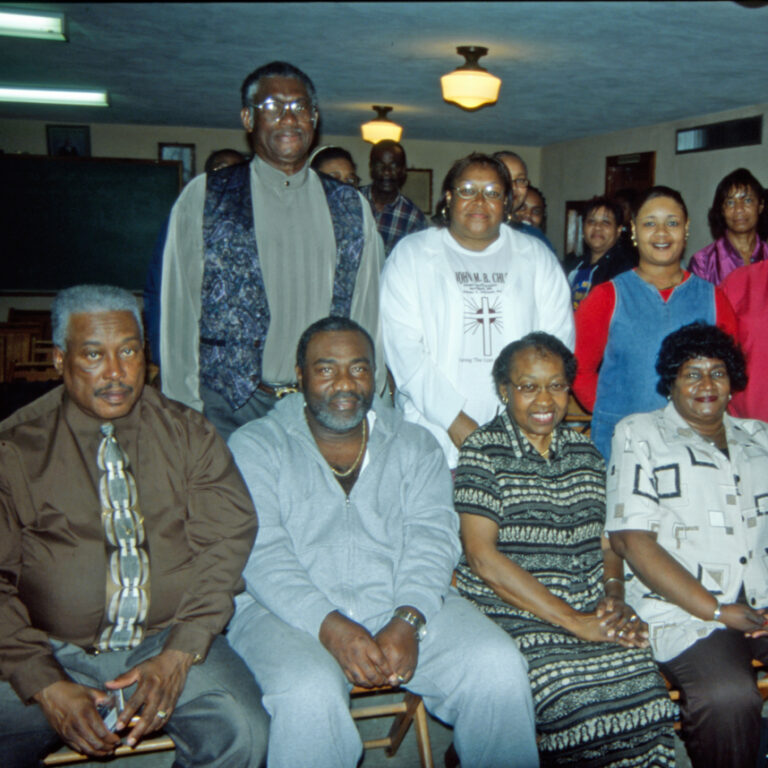Every Wednesday evening, the members of St. John Missionary Baptist Church in Meridian begin their prayer meeting with a long-standing musical tradition. The group sings a series of long meter or “Dr. Watts” hymns. The hymns are sung in a slow, ornamental style, with each line being “lined out” (chanted in a quick, rhythmic manner) by one of the singers before it is sung together by the congregation. The singing goes on for approximately thirty minutes until the preacher begins with the evening lesson.
The tradition gets its name from Isaac Watts, an early 19th century English composer, although the texts the singers use come from a variety of hymnbooks and other sources, not just from those written by Watts. These books provide only the texts for the hymns, they do not include musical notation. The tunes used by the singers have been passed down from generation to generation within the African American community. Because of this, each church that sings the hymns develops its own distinct way of singing them. Mary Perry, a member of St. John, related that when visiting another church, Dr. Watts singers have to listen carefully to how the hymns are “lined out,” since each church does it in a slightly different manner.
While singing Dr. Watts hymns was a crucial part of services in many African American churches throughout the south in the past, newer forms of church music, like gospel, gradually replaced it during the 20th century. The congregation of St. John has been attentive to these changes and utilizes the newer styles of music in its worship. However, they also remain committed to continuing to sing the Dr. Watts hymns in their services and to pass on the tradition to younger members of the congregation.
For more information, see the following article:
Cauthen, Joyce. “Hark the Dolefule Sound: The Old Way of Singing in the Original Sipsey River Primitive Baptist Association.” In Benjamin Lloyd’s Hymn Book: A Primitive Baptist Song Tradition. Alabama Folklife Association, 1999.

